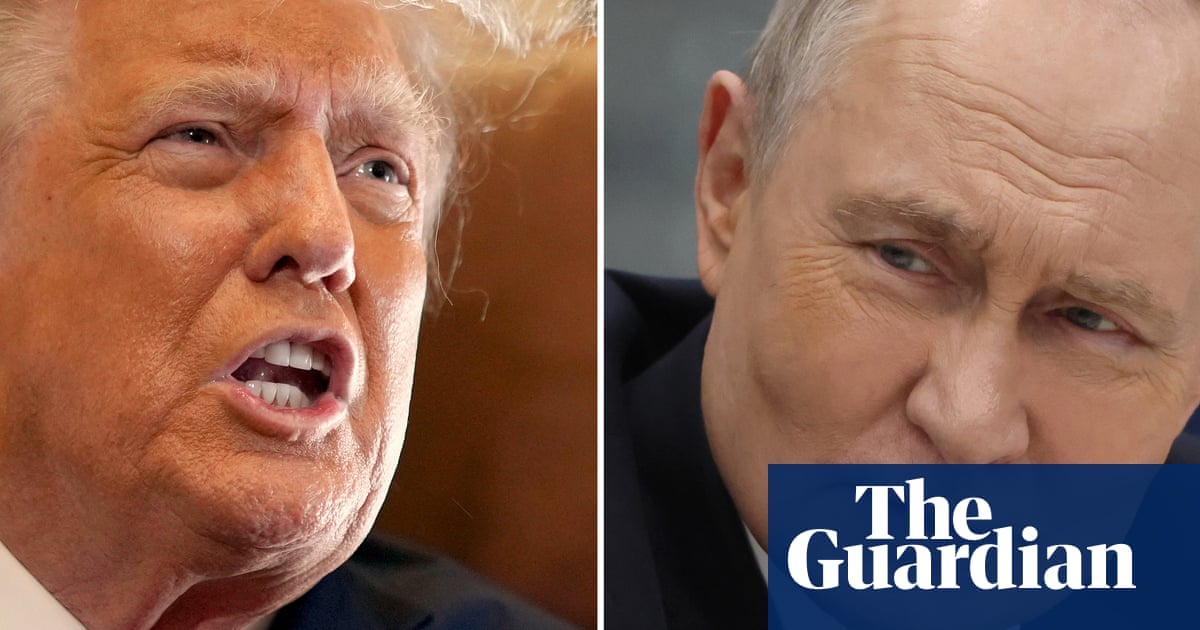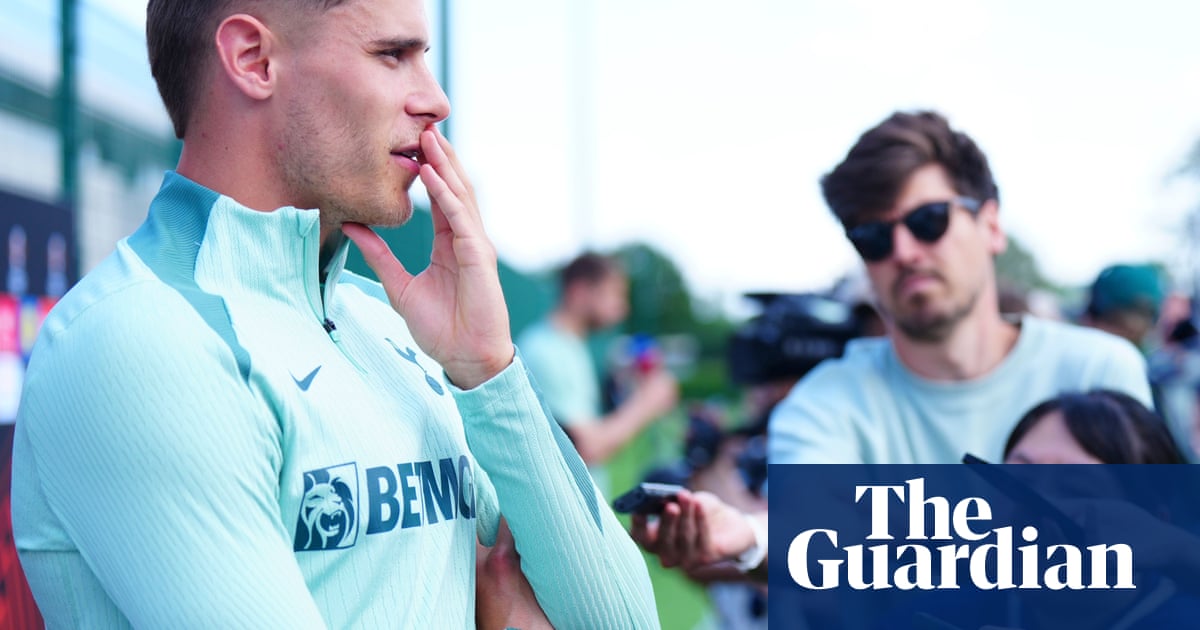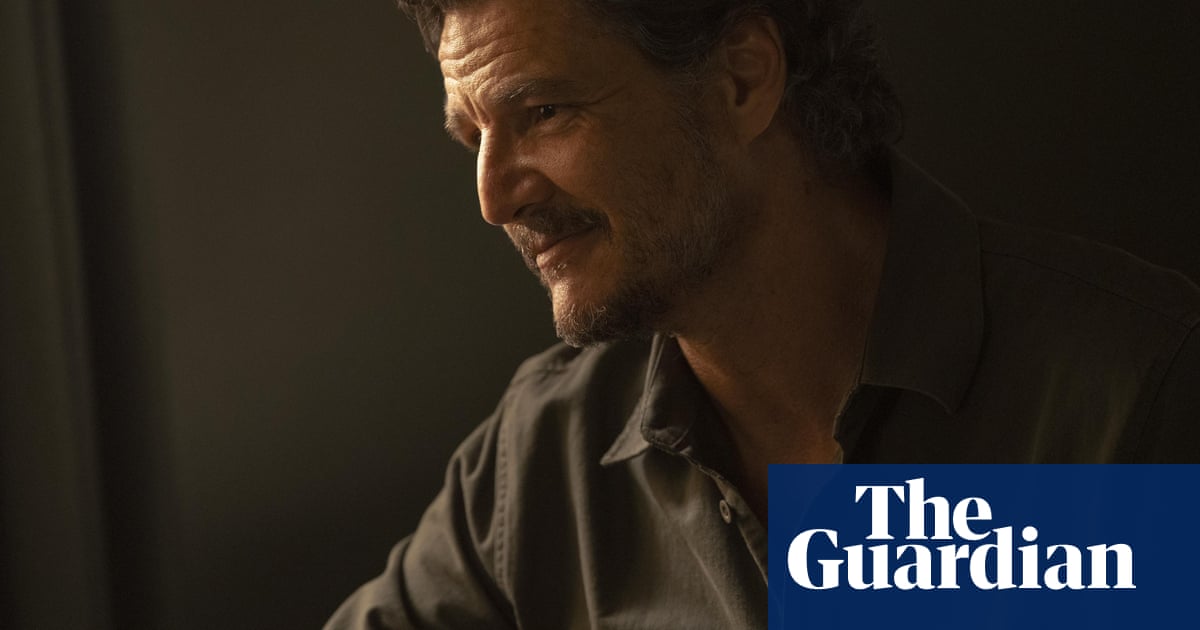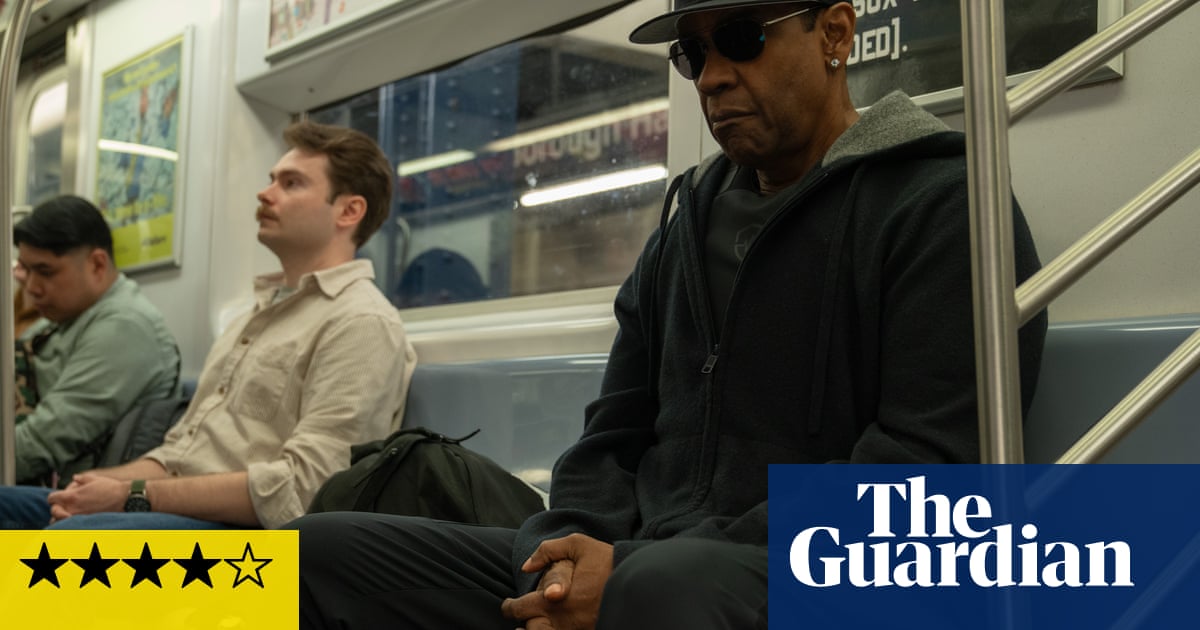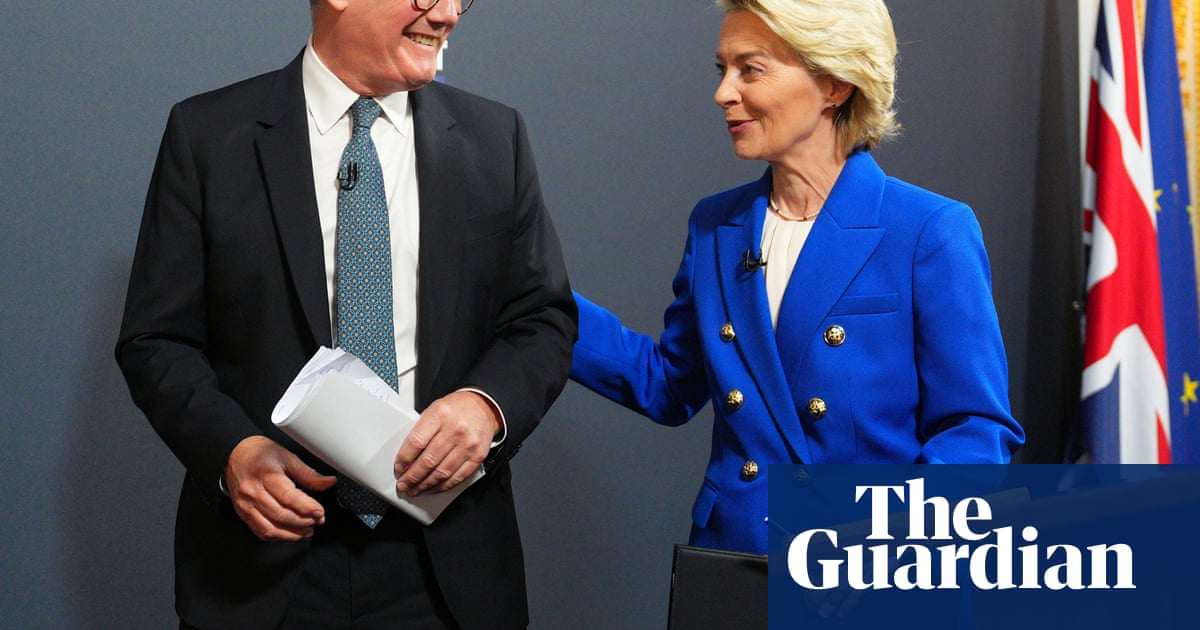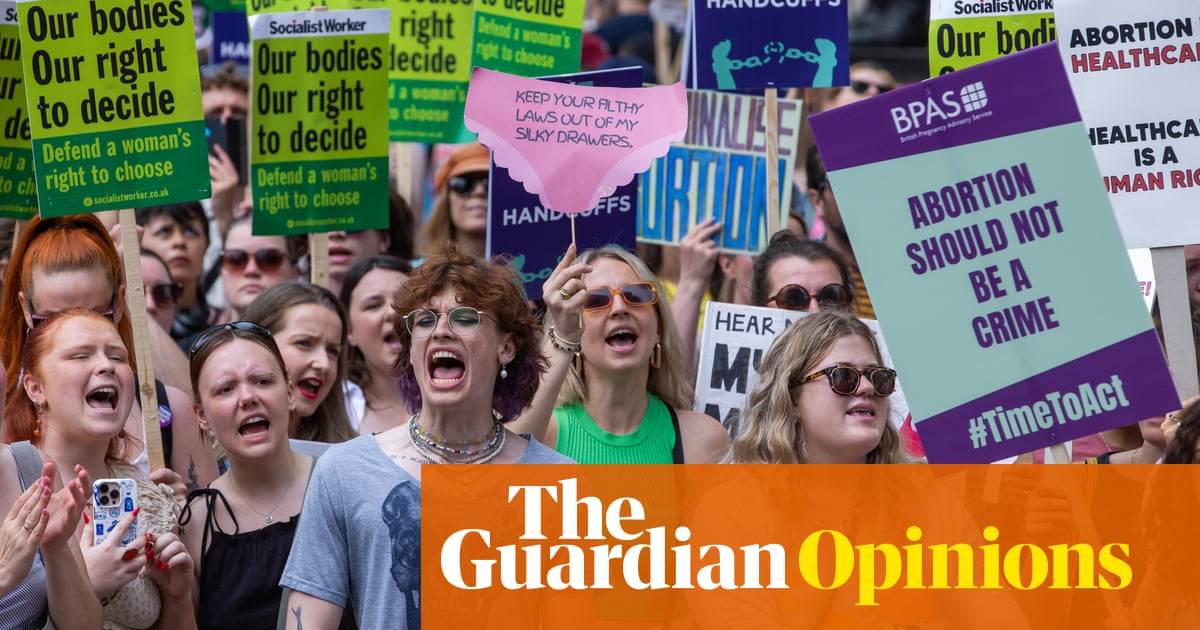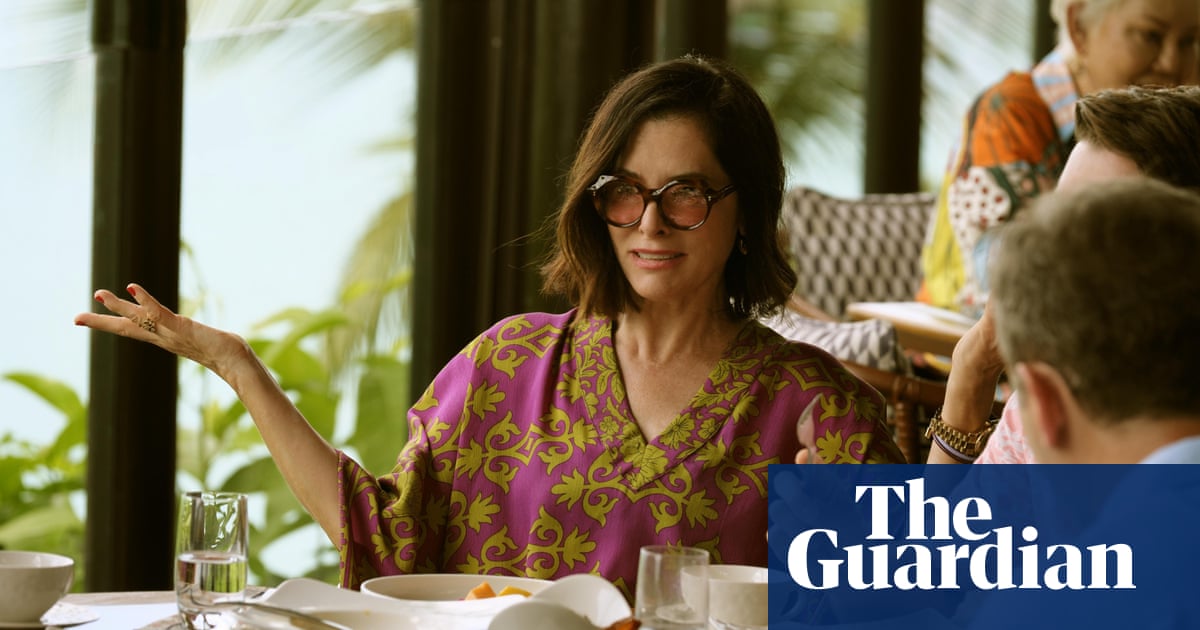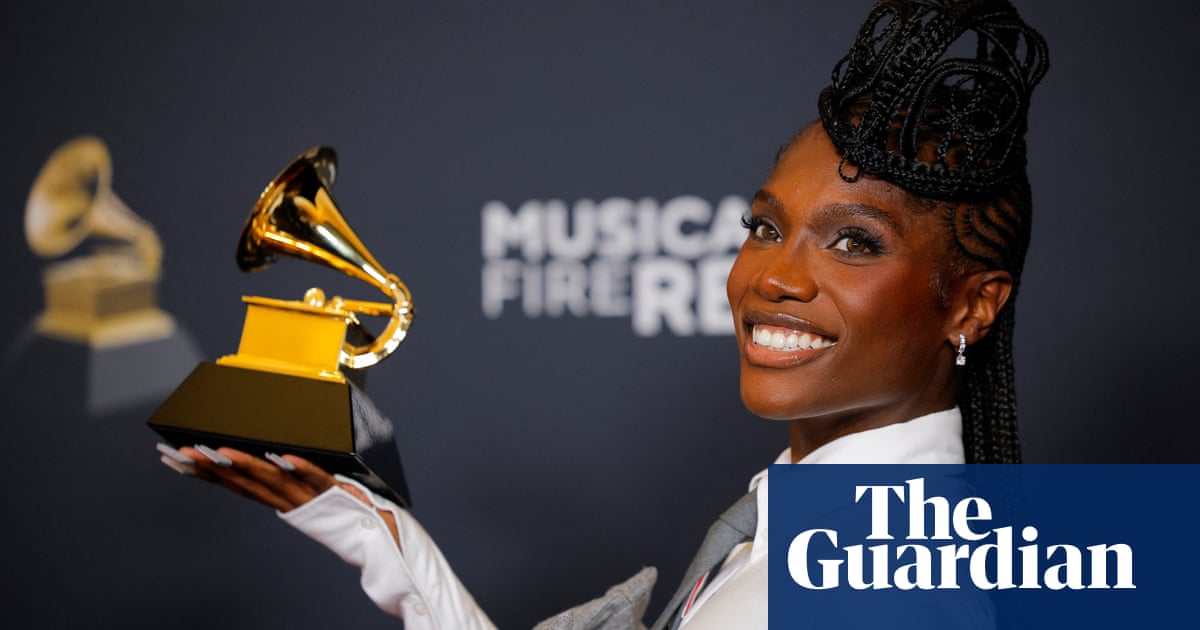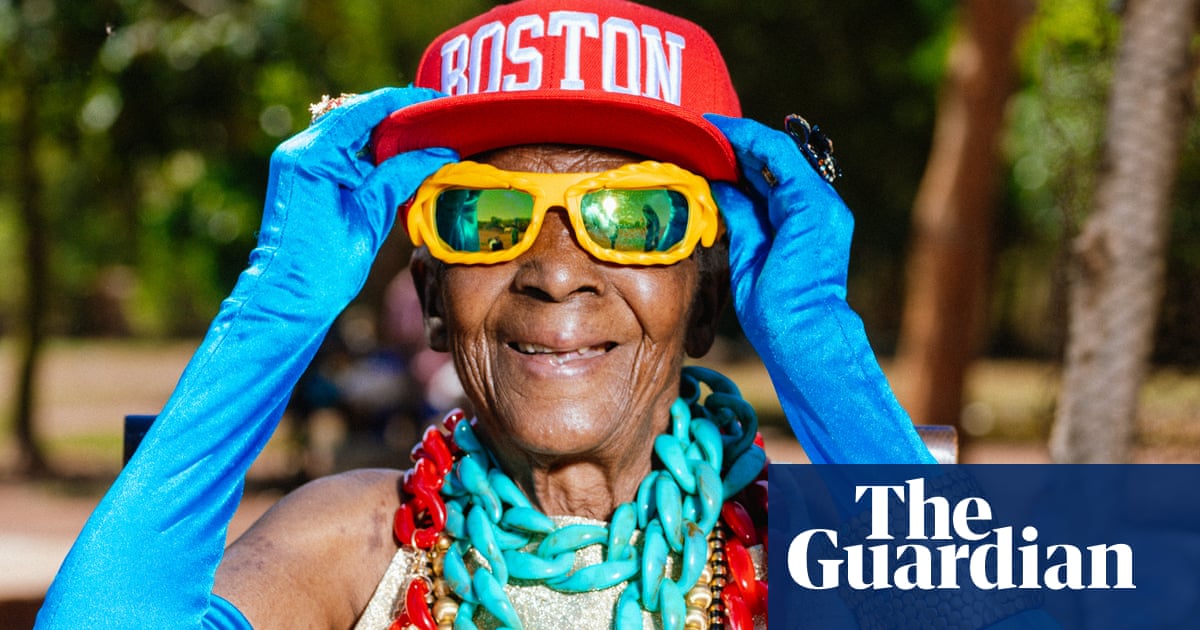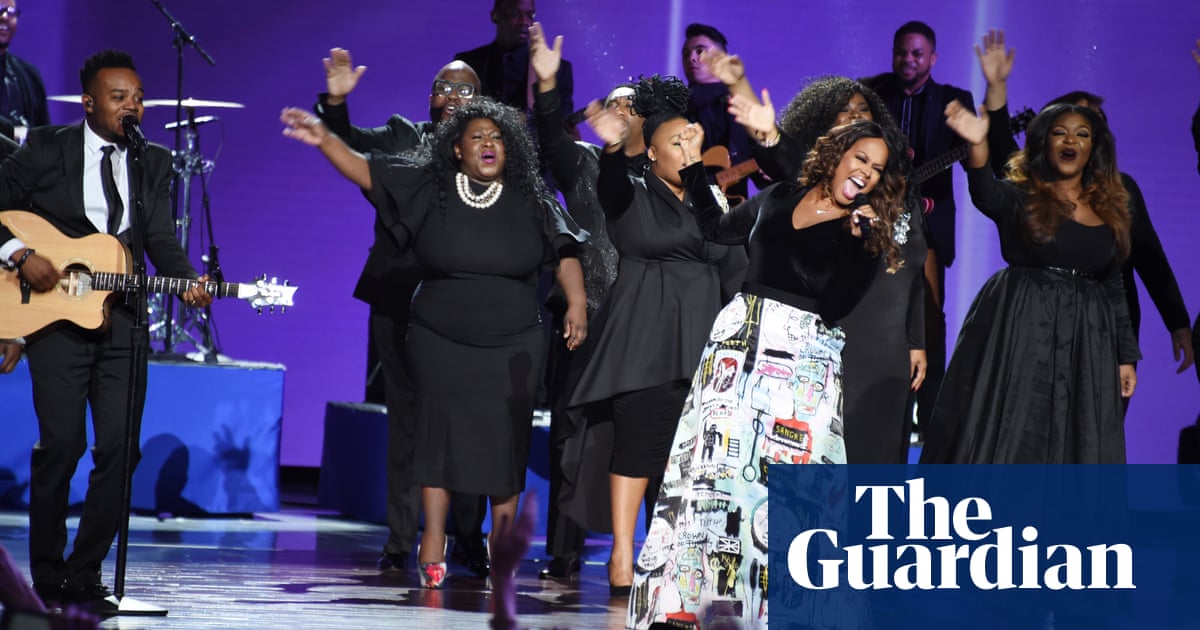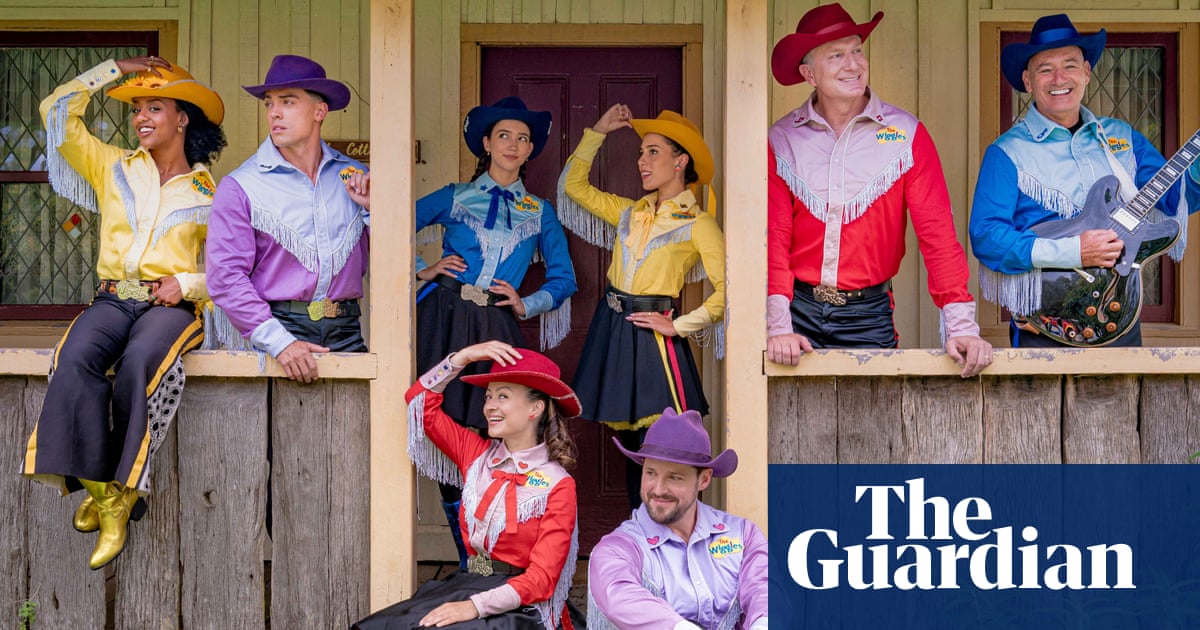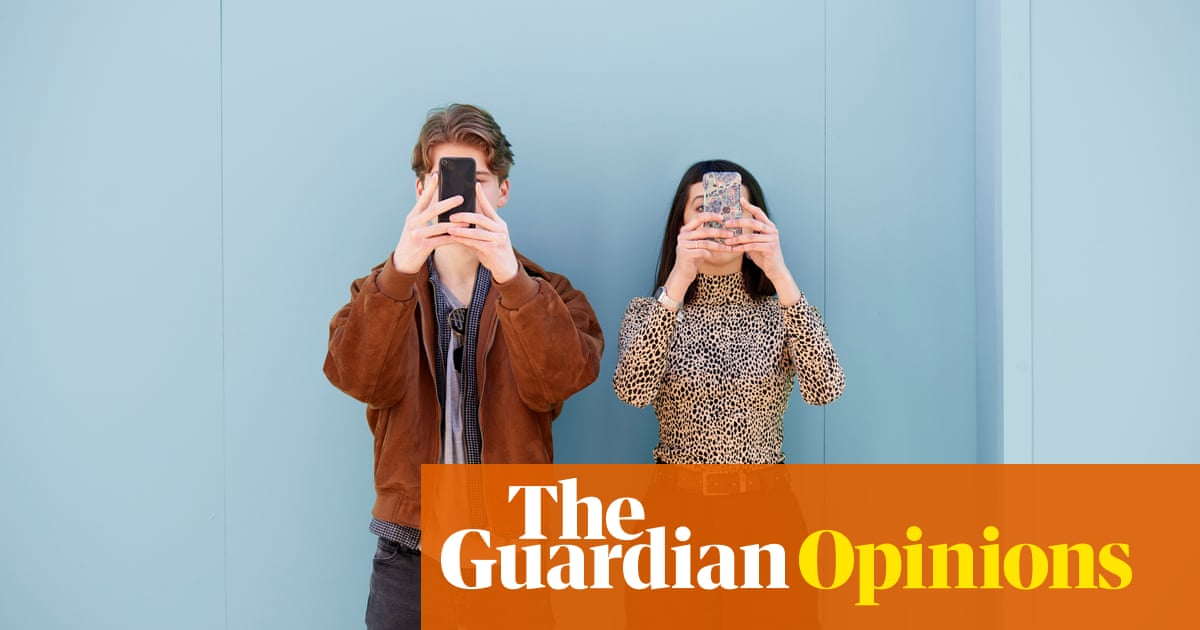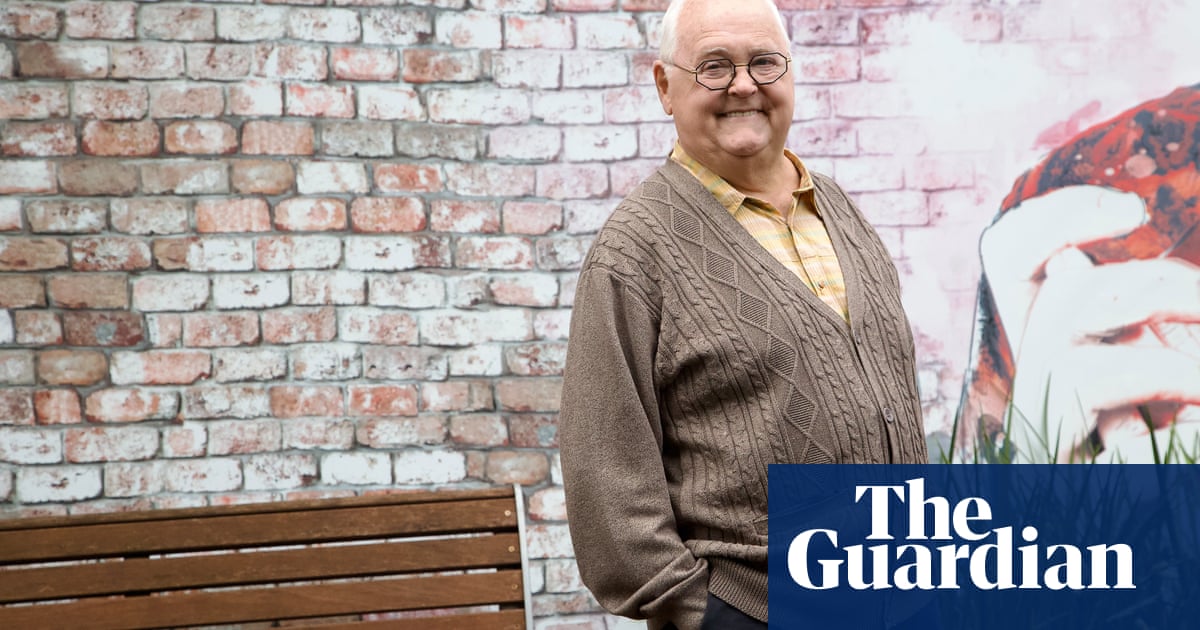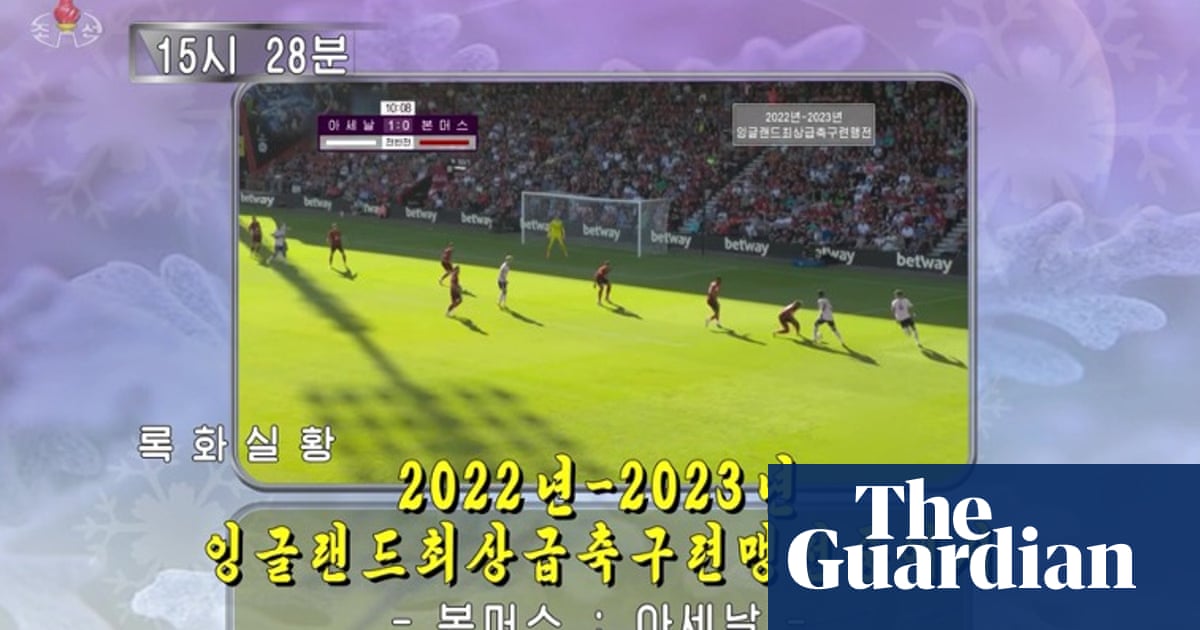More than 50 years after John Lennon and Yoko Ono’s 1969 bed-in, protesting against war, Ono finally gets her love-in. David Sheff’s biography Yoko, published last week, seeks to put the record straight about her stellar achievements as an internationally renowned conceptual artist.
In recent years there have been retrospectives, including one at London’s Tate Modern. Kevin Macdonald’s docufilm, One To One: John And Yoko, is released in the UK next month. Ono, 92, is seeing reputational rehabilitation on a global scale, and all a long time coming.
Still, is the great mellowing towards Ono starting to obscure the truth of what went before? For decades, Ono was the ultimate rock’n’roll misogynist dartboard, blamed for breaking up the Beatles by perma-fuming Fab Four “stans”, for dragging Lennon away from his true calling and ruining popular culture for ever. Thus, Yoko became useful shorthand for the romantic partner who overstays their welcome or overplays their hand in the recording studio or on the tour bus. After her husband was shot dead in front of her (outside their New York residence, the Dakota building, in 1980, by Mark Chapman), it was notable how none of the public sympathy seemed to flow towards Ono. How, even at that devastating point, she remained goodwill-resistant.
Sheff interviewed John Lennon and is reported to be a personal friend of Yoko and her son with Lennon, Sean. So, it’s hardly a shock he has endeavoured to write something positive (if anything, the book says, Ono kept the Beatles together longer by alleviating Lennon’s general unhappiness). What remains odd is not only how Ono, who married Lennon in 1969, became the exemplar for the instant hate generated for partners of rock stars, but why such levels of hostility are there for anybody. What is behind the toxic sexual ownership of certain rock stars – why are the people they’re with (mainly women) routinely attacked?
Back in the 1960s and 1970s, degrading the partners of British rock stars was tantamount to an international blood sport, especially when it came to the Beatles and the Rolling Stones. Anita Pallenberg: wild, stylish (hound her!). Marianne Faithfull: posh, creative (spread debasing stories that get her denounced as a slut!). Linda McCartney: laid-back vegetarian photographer in low-maintenance clothes (Insult her! Destroy her!). And so it went on.
Nor did it stop. Courtney Love was globally eviscerated during her marriage to Nirvana’s Kurt Cobain, and after his death by suicide in 1994. More recently, film-maker and actor Olivia Wilde’s relationship with Harry Styles saw her and her reputation lashed to the pyre for a witch-burning. It’s now common knowledge that boyband stars are instructed to appear single because their fans will presumably set fire to their merchandise if they aren’t conspicuously “available”. Females who dare to go out with such stars still receive social media hidings and terrifying backlash, as if they’ve elected to date a murderer rather than some delusional young chap who thinks he’s the next Justin Timberlake or Robbie Williams.
In Ono’s case, her attackers weren’t just hot-headed young girls. Particularly as time went on, they were frequently older people, and men, many scrutinising Michael Lindsay-Hogg’s fabled 1970 Let It Be rockumentary for evidence of Yoko’s great evil. Nor did Ono only generate the usual “slut” denouncements. Over the years, a curious cocktail was generated: suspicion, mockery, fury, and, dare we suggest, a little light racism. More often than not, the Japanese conceptual artist was perceived as having witch-like power over Lennon.

According to some, it was Ono dragging Lennon into the bed-ins. It was her getting him to pose naked, once, memorably, in the foetal position while holding her. It was Ono behind the Beatles’ split. It is remarkable how, in the unseemly rush to attack Ono, Lennon (his dignity; his authority; his agency to make his own decisions) himself becomes disparaged.
In some ways, Ono was irritating. No, scratch that: John and Yoko were irritating, and for reasons that have been well rehearsed. Not least their 1971 song, Imagine, and its plea to “Imagine no possessions” (from one of the wealthiest couples on the planet). At other times, Ono has come across as mischievous. One of the highlights of Peter Jackson’s 2021 docuseries Get Back, which reworks the Let It Be footage, was watching her effectively trolling the rest of the Beatles with her immovable presence in the recording studio and screeching backing vocals. It was even funnier when it was revealed that Ono was even more, ahem, present on the original footage and Jackson cut scenes to protect her.
Still, Lennon wanted Ono in that studio, just as Lennon split the Beatles – a band, after all, he’d been in, one way or another, since he was a teenager. How odd that his artist wife copped the blame and continued to do so until her ninth decade on earth. Astonishing, also, that such misdirected and bloodcurdling misogyny was ever viewed as a barometer for how much fans care.
Let’s hope things are slowly getting easier for women who date famous musicians. Let’s rejoice that Ono is receiving some of the artistic recognition she always deserved. Just remember that, when it comes to secondhand rock’n’roll misogyny, Yoko Ono was Year Zero.
Barbara Ellen is an Observer columnist
-
Do you have an opinion on the issues raised in this article? If you would like to submit a letter of up to 250 words to be considered for publication, email it to us at [email protected]

.png) 1 month ago
32
1 month ago
32



